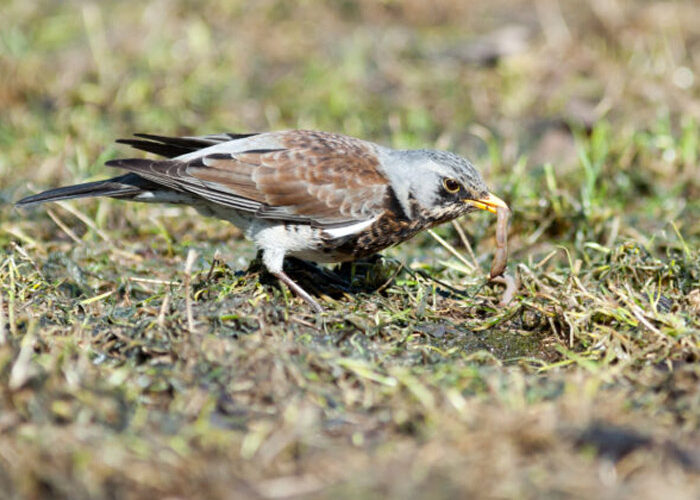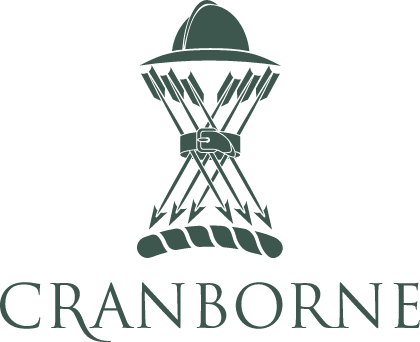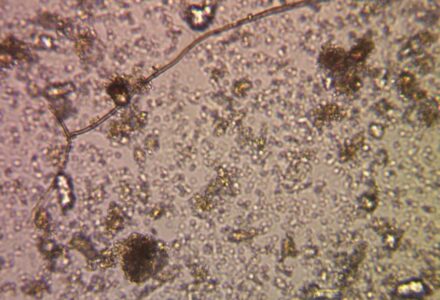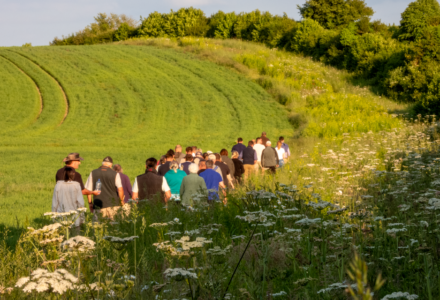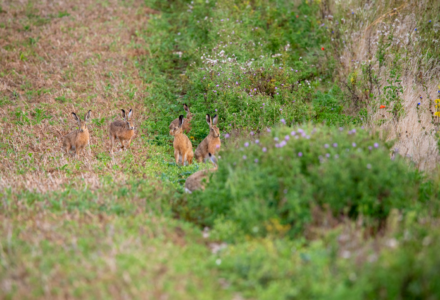2 Hours 35 Minutes, 13 Different Species, 4 on the Red List
In a recent post on X, bird watcher and nature enthusiast James Phillips details 13 different species of birds, and the numbers of each, spotted on a winter’s morning on Pentridge Down, part of the Cranborne Estate in the North-East corner of Dorset.
Of these 13 different species, 4 are classified as Red and 5 as Amber on the Birds of Conservation Concern 5 (BoCC5) list, which details the status of all regularly occurring birds in the UK, Channel Islands and the Isle of Man.
What is the Birds of Conservation Concern 5 List?
BoCC5 is an established and well-respected process for identifying conservation priorities for birds in the UK, Channel Islands and Isle of Man using the Red, Amber, Green system to categorise birds depending upon their level of conservation concern.
The traffic light system enables a regular, 6 yearly review of the bird population, identifying those species that are at most risk of decline or even extinction. Whilst it is common knowledge that our wildlife in the UK is diminishing, the review not only reports on the widespread decline of our bird species, it has also highlighted some positive success stories such as the recovery or partial recovery of some raptor species – marsh harrier, red kite, osprey, in addition to the stone-curlew, bittern and Dartford warbler.
For a bird to be put on the BoCC5 Red List, it will meet one of the following criteria:
- The species will have declined by more than 50% in the last 25 years or longer
- The species is globally threatened or not recovering from historical decline
- The species has had their breeding range in the UK reduced drastically by at least 50% in the last 25 years or longer
The species of bird spotted by James at Pentridge Down and currently on the Red List were:
- 5 Ring Ouzels – from the Thrush family, the Ring Ouzel is mainly an upland bird, breeding in valleys, crags and gullies
- 4 Fieldfares – again from the Thrush family, Fieldfares are very social birds, often spending the winter in flocks of between ten and several hundred
- 30 Starlings – perhaps a surprising species on the list, whilst remaining one of the most common garden birds, the decline of the Starling population elsewhere makes it a Red List species
- 60 Yellowhammers – often seen perched on top of a bush or a hedge singing, the recent decline of the Yellowhammer population has made it a BoCC5 Red List species
Our approach to conservation
Cranborne takes our business of farming and caring for the environment extremely seriously. In the spirit of one of our governing goals – positive environmental impact, we have planted, restored and laid many miles of hedges in recent years and have an annual programme of creating new and repairing ancient ponds and natural water features.
We are also part of the Martin Down Farmer Cluster, a cooperative of 12 arable and mixed farms who work together to improve wildlife habitats on a landscape scale. We have an open week each year in June where the farm is open to local schools, as well as hosting an annual Open Farm Sunday event.
Our conservation policies focus on providing habitats that support pollinating insects, provides winter food for farmland birds and spring nesting cover for ground nesting birds. We have growing populations of corn bunting, yellowhammer, lapwing, native grey partridge and also turtle dove. Soils are vital as a sink for sequestering carbon from the atmosphere and our minimum or no-till practices are designed to maximise the contribution we can make to society’s need to mitigate climate change – and produce food without depleting our environment.
Sources: rspb.org.uk songbird-survival.org.uk Image credits: istock
